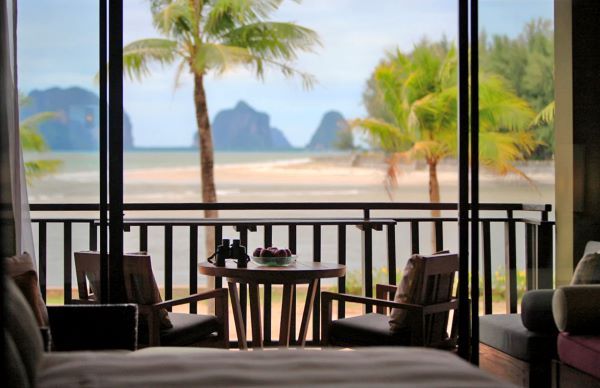Air conditioning efficiency in tropical hotels
The majority of electricity costs in hotel rooms come from air conditioning, making it the single (and often unnoticed) largest energy consumer!
Cool down your costs: why air conditioning and heating should be hotels’ next big focus.
In tropical hotels, air conditioning is one of the most significant yet often overlooked contributors to energy consumption. While many properties highlight their sustainability initiatives — such as composting and reducing plastic waste — the largest portion of their energy use often goes unnoticed, quietly ensuring guest comfort in every room.
For years, four- and five-star hotels have embraced energy-saving measures like LED lighting and low-consumption TVs. But what about air conditioners, the biggest energy consumers?

How quietly energy - and your profits - are lost.
According to chief engineers who monitor air conditioner performance in tropical resorts, air conditioning accounts for approximately 60–65% of these properties’ total energy consumption.
Inside hotel rooms—where appliances like LED lights, TVs, and mini-fridges consume relatively little energy—the constant, powerful demand of air conditioning stands out. With its motors and compressors running nearly 24/7, or even continuously in certain back-of-house areas, AC remains the primary driver of energy consumption.
Fewer than 1% of hotels use micro switches that shut off the AC when a window is left open. That’s nice, but this system doesn’t save electricity.
The real potential for significant energy savings lies in addressing the cool air in every guest room — air conditioning.
A solution for cooling and heating
The Japanese have always been champions in seamlessly blending efficiency with minimalist design: in its simplicity, certain products reduce electricity costs due to air conditioning by 25%, which has been a key factor in their success across various market segments and they are present in 30 countries worldwide.
Some hotels have seen significant benefits by installing this type of technology, enhancing the energy performance of their air conditioning systems. This has led to energy savings in 14 ITC hotels across India. The ITC Royal Bengal, an iconic Indian luxury hotel, received the prestigious Best Energy Efficient Commercial Building/Hotel award at the National Energy Efficiency Circle Competition 2024, organized by the Confederation of Indian Industry (CII).

Opportunities and barriers
Upgrading AC systems provides clear benefits for hotels, from lowering operating costs to improving guest comfort. However, despite these advantages, many hotels hesitate to adopt such solutions: some hoteliers simply may not receive updates on how much money could be saved working on the air treatment systems.
Others opt for more visible eco-friendly actions — such as installing solar panels — which can incur high maintenance costs, require expensive battery replacements, and suffer from salt corrosion or oxidation near the sea, not to mention the limited rooftop space and the fact that solar energy is only available during the day.
Steps to cooler savings
To address the main source of energy use in hotels, start by auditing your energy consumption to determine how much the AC systems actually consume. Investigate efficiency-boosting technologies that can improve their performance.
Consulting experts who can offer tailored strategies will help prioritize projects with the greatest savings and fastest payback.
Reducing electricity demand from air conditioning is not just about operational efficiency; it’s an economic and environmental necessity.
By improving AC efficiency, hotels can significantly reduce their energy costs while minimizing their environmental impact. This also encourages potential guests to choose sustainable hotels for their next holiday—a true win-win scenario.
Claudio Cerquetti
Skål International Koh Samui
Cover photo by Claudio Cerquetti.
